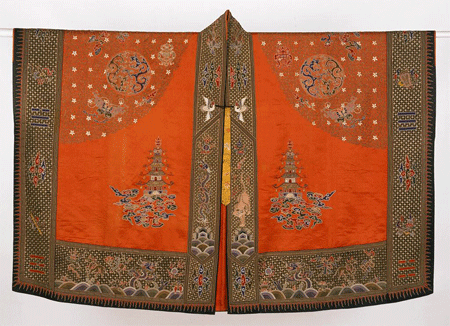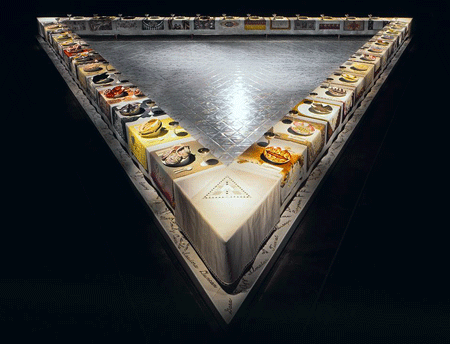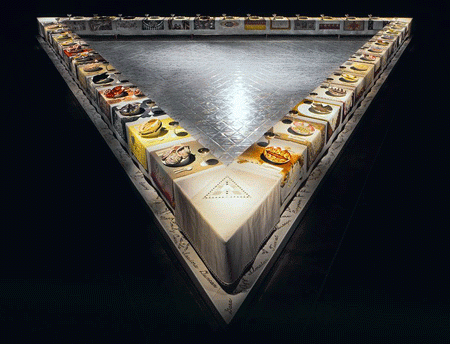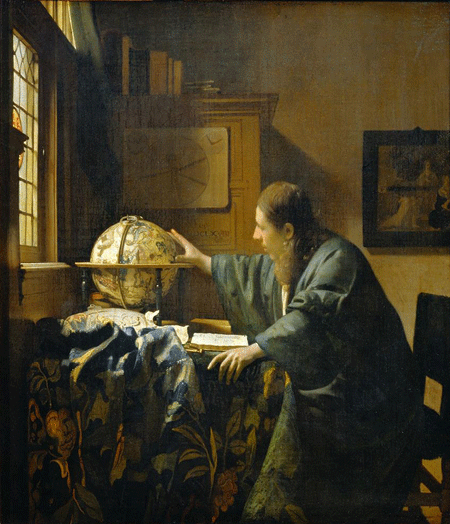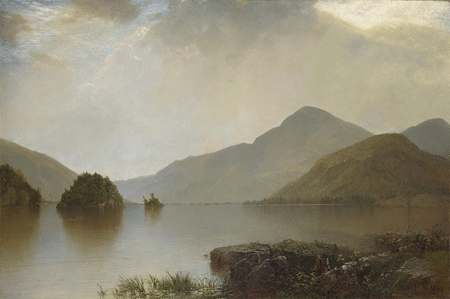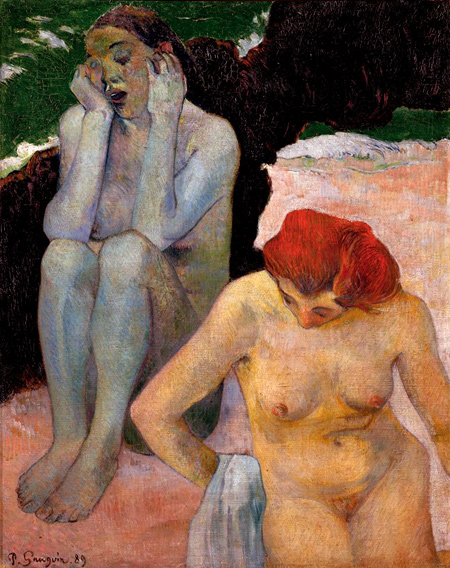
Ordered by Shapur I | Dam and Bridge at Shushtar; c. 260 | Image and original data provided by Sheila S. Blair and Jonathan M. Bloom
Peyvand Firouzeh, PhD Candidate, University of Cambridge
Aridity in the Islamic world stands in contrast to the well-known landscape architecture of Islamic gardens, where water is used generously and luxuriously. The contrast hints at creative methods of dealing with water scarcity: from man-made canals and reservoirs to cisterns and qanats (subterranean tunnel-wells), examples of which can be seen in my image group, “Water Management in the Islamic World.” These solutions not only responded to the scarcity of water, but also made efficient use of the water that was unusable or inaccessible for agricultural purposes.
